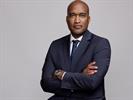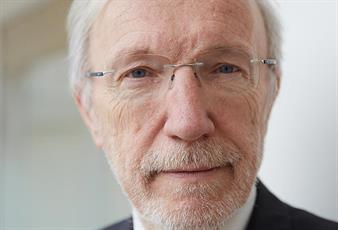Aarti Shah 30 May 2013 // 11:00PM GMT
BARCELONA — Can a storytelling methodology become a part of a company’s culture? This was the topic of discussion at ThinkTank Live in Barcelona, led by Kathleen Noonan, communications director at Microsoft, and Kate Steele, senior director at Weber Shandwick.
Microsoft’s “global storytelling agenda” originated in Europe following the company’s anti-trust investigations in the region and its efforts to rebuild its reputation.
“Microsoft was seen as a monolithic, American multinational -- and we weren’t being credited for what we had contributed in Europe,” Noonan said. “We needed to change our story in Europe.”
The most significant shift in the global storytelling agenda has been moving story-telling from a data-driven operation to one focused specifically on audiences.
“Audience-centric messaging is mapping messages to the audience we hope will receive and engage with it,” Noonan said. After rolling it out globally, the company noticed a spike in engagements with its content, but found quantifying the outcomes for executives is key.
“‘How do you operationalize that? How do you measure?’ that was the first question from our executives,” said Noonan. She adds, the first step -- and often the most difficult -- is clearly defining the audience, followed by developing an elevator pitch or action idea summarizing the story arc.
For instance, Microsoft was able to target new audiences through the process, including “involuntary IT managers” like non-technical administrative staff forced to handle tech-related issues.
“We were trying to talk speeds and feeds and this audience wasn’t listening,” Noonan said. “When we asked ‘how can we help sell our products to SMBs,’ we discovered a new audience.”
The global storytelling agenda has now been adopted globally and is in its third year at Microsoft.


































.jpg)

















